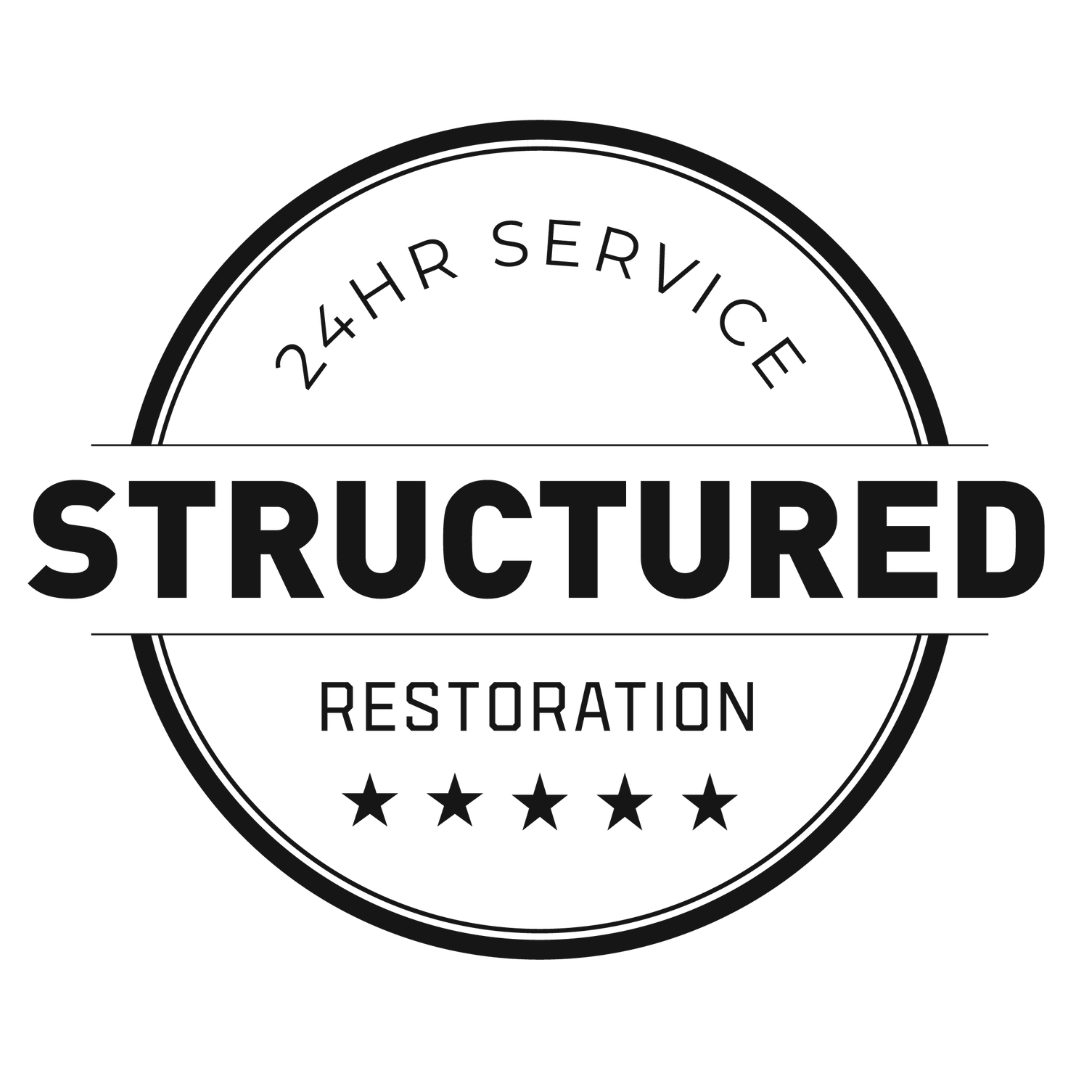When disaster strikes and your home experiences water damage, understanding the next steps can significantly reduce stress and damage. Whether caused by a burst pipe, severe weather, or an appliance failure, knowing how to handle water damage restoration and clean up is crucial for protecting your property and health.
Understanding Water Damage
Water damage can manifest in various forms, from minor leaks to major floods. It can affect your home’s structure, furnishings, and even the air quality inside your living space. Common causes include:
- Burst pipes: Often due to freezing temperatures or corrosion.
- Flooding: Heavy rains or storm surges can lead to significant water intrusion.
- Leaky roofs: Damage from storms or wear over time can allow water to enter.
- Appliance failures: Dishwashers, washing machines, or water heaters can leak and cause extensive damage.
Why Water Damage Restoration Matters
Prompt water damage restoration is essential for several reasons:
- Prevent Mold Growth: Mold can start to grow within 24 to 48 hours after water exposure, leading to health risks and further damage to your property. Quick action can help mitigate this risk.
- Reduce Repair Costs: The longer you wait to address water damage, the more extensive the damage can become. Early intervention can save you money in the long run.
- Protect Your Home’s Value: Water damage can significantly impact your home’s market value. Effective restoration and clean-up can preserve the integrity of your property.
Steps for Effective Water Damage Clean Up
When faced with water damage, follow these essential steps for effective clean-up and restoration:
1. Ensure Safety First
Before entering an area affected by water damage, prioritize your safety. Turn off electricity to affected areas, wear protective gear (gloves, boots, masks), and assess the situation carefully.
2. Stop the Source of Water
If possible, stop the source of the water. This may involve turning off the main water supply, repairing a leaking appliance, or sealing off a leak from the roof.
3. Remove Standing Water
Use a wet/dry vacuum or a sump pump to remove standing water from the affected areas. The faster you can remove the water, the less damage you’ll incur.
4. Dry Out the Area
Once the standing water is removed, start drying the area immediately. Open windows, use fans, and dehumidifiers to help speed up the drying process. Removing moisture is crucial to preventing mold growth.
5. Remove Damaged Materials
Discard any materials that cannot be salvaged, including carpets, insulation, and drywall that has been extensively damaged by water. These materials can harbor mold and contribute to poor air quality.
6. Clean and Sanitize
Thoroughly clean and disinfect all surfaces that came into contact with water. Use a mixture of water and a mild detergent to clean floors, walls, and furniture. Consider using professional-grade disinfectants to ensure all bacteria and pathogens are eliminated.
7. Check for Mold Growth
After everything is dried and cleaned, inspect the area for signs of mold. If you spot any mold, it’s essential to address it immediately. Mold can pose significant health risks and may require professional removal.
Professional Water Damage Restoration Services
While DIY clean-up can be effective for minor water damage, significant damage often requires the expertise of a professional water damage restoration company. These professionals offer specialized equipment and training to handle complex situations, ensuring thorough restoration and minimizing the risk of long-term damage.
What to Expect from Water Damage Restoration Services:
- Assessment and Inspection: Professionals will evaluate the extent of the damage to devise a suitable plan.
- Water Extraction: They will use powerful pumps and vacuums to remove any standing water quickly.
- Drying and Dehumidification: Advanced drying equipment will be deployed to ensure every surface is completely dry.
- Cleaning and Sanitizing: Professionals will disinfect and sanitize the affected areas, protecting your health.
- Restoration: This may involve repairs, replacements, and reconstruction to return your property to its pre-damage condition.
Conclusion
Water damage can be overwhelming, but understanding the steps for effective restoration and clean-up can ease the burden. Always prioritize safety, act quickly, and consider professional help for extensive damage. By knowing how to handle water damage, you can protect your home, health, and peace of mind.
If you’re facing water damage or need a thorough water damage clean-up, don’t hesitate to reach out to a professional water damage restoration company. Quick action can save your property and restore your peace of mind.
